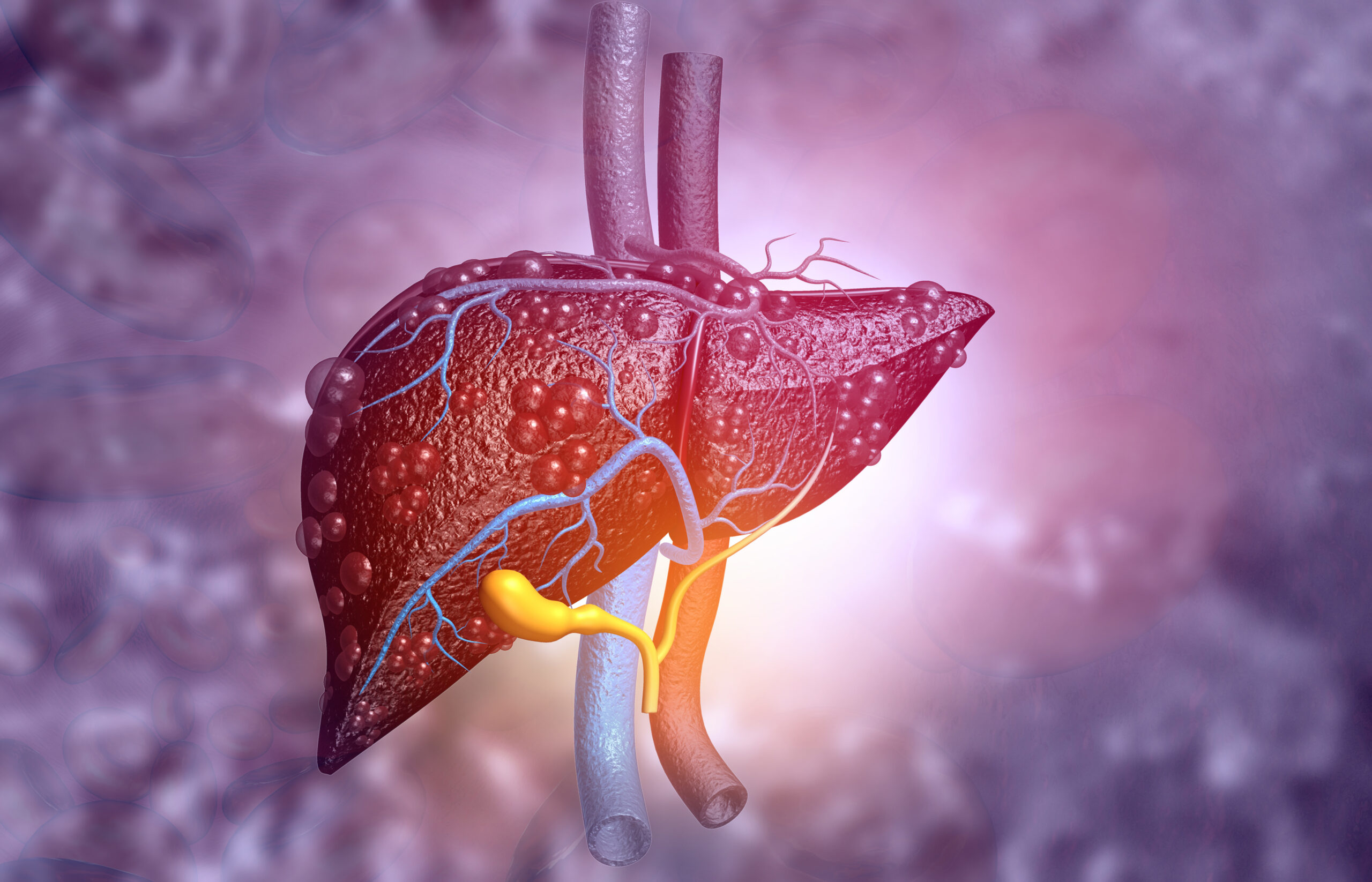Liver cancer is a significant global health problem. It affects thousands every year. Knowing about it can help in awareness, early finding, and understanding treatment possibilities. For those facing liver cancer symptoms, early action matters. This guide talks about what patients and families should know. Recognizing liver cancer diagnosis methods is crucial. Learning about its stages helps in planning treatment for liver cancer. Staying informed empowers choices for better outcomes. Let’s explore how this information could support those affected by this disease.
What is Liver Cancer?
Liver cancer happens when cells in the liver start to grow out of control. It’s important to know there are two types: primary and secondary. Primary starts in the liver, while secondary, or metastatic, spreads from another area. Understanding how it develops means looking at how these cells grow and divide quickly. Risk factors for liver cancer include hepatitis infections, heavy alcohol use, and obesity. These increase the chances of developing liver cancer. Knowing these factors helps people take preventive steps. Maintaining a healthy lifestyle can lower risk. By learning what liver cancer is, who might be at risk, and how it starts, individuals can stay aware and possibly reduce their chances of getting it.
Common Symptoms of Liver Cancer
Early liver cancer symptoms can be hard to spot. Unintentional weight loss is one such symptom. Others may include losing appetite or feeling full soon after starting to eat. As the disease progresses, later signs become clearer and more severe. Jaundice—a condition where the skin and eyes turn yellow—is a symptom of advanced liver cancer. Other symptoms might be ongoing abdominal pain and extreme tiredness or fatigue.
Despite how scary these symptoms might sound, it’s essential to see a doctor if these signs are present. Persistent symptoms should never be ignored. Early medical attention can make a huge difference. Acting quickly can result in a more positive diagnosis and helps in planning the right treatment path.
How is Liver Cancer Diagnosed?
Getting a liver cancer diagnosis involves a few steps. Initially, doctors will perform physical exams and examine medical histories. These assessments often help in identifying any problems. Common diagnostic tests such as blood tests can reveal important information about liver function.
Additionally, imaging tests like CT and MRI scans provide detailed views of the liver and surrounding organs. In some cases, a biopsy may be needed to confirm the presence of cancer cells. Early diagnosis is vital. It often helps improve treatment outcomes and offers better options for managing the disease. Ensuring a swift and accurate liver cancer diagnosis is a critical step in the fight against this illness.
Understanding Liver Cancer Stages
Defining the liver cancer stages is crucial for planning treatments. These stages help doctors know how far the cancer has spread. The most used systems are the AJCC (TNM) system and the Barcelona Clinic Liver Cancer (BCLC) system. Understanding these systems gives an idea of how doctors categorize the disease.
The liver cancer stages range from 0 to D:
- Stage 0: Abnormal cells have been found but haven’t spread.
- Stage A: Small tumors are present and localized.
- Stage B: Several tumors are detected in the liver.
- Stage C: Cancer has spread beyond the liver, impacting nearby organs.
- Stage D: This is the most advanced stage.
Each stage impacts symptoms and treatment plans differently. Knowing these stages helps prepare for what to expect and discuss different medical options with healthcare providers.
Treatment Options for Liver Cancer
Choosing the right treatment for liver cancer depends on the stage and overall health. There are various methods, from surgery to newer therapies. Surgical options might involve removing part or all of the liver. Sometimes, a liver transplant is considered. Local treatments like ablation or embolization target cancer in specific liver parts. These treatments work best in earlier stages.
Targeted therapies focus on specific cancer cell features, aiming to block their growth. Immunotherapy boosts the body’s immune system to attack cancer cells. Meanwhile, chemotherapy uses strong drugs to kill cancer cells or slow their growth. In cases where the cancer is advanced, palliative care relieves pain and improves quality of life.
Clinical trials can offer access to new treatments not widely available. They are important for those exploring alternate options. Staying informed about different therapies helps patients decide what treatment for liver cancer is right for them, guided by medical advice.
Living with Liver Cancer: What to Expect
Facing liver cancer involves support from a team. This includes doctors, nurses, and specialists. Regular follow-ups are essential to watch the disease’s progress. These visits help adjust treatment plans according to evolving needs. Besides medical support, lifestyle plays a big role. Good nutrition aids recovery and maintaining energy.
Many find comfort in support groups and counseling. These resources address the emotional and psychological sides of liver cancer. They offer comfort and understanding. Facing challenges is easier with shared experiences from others in similar situations. Understanding the importance of emotional health and the resources available can make the journey more manageable for patients and families.
Conclusion
We’ve covered key aspects of liver cancer, from recognizing liver cancer symptoms to understanding its stages and exploring options for treatment for liver cancer. Knowing these can guide actions toward receiving a proper liver cancer diagnosis. For anyone experiencing symptoms, it’s crucial to see a doctor early. Advances in medicine provide hope that addressing liver cancer effectively is possible.

